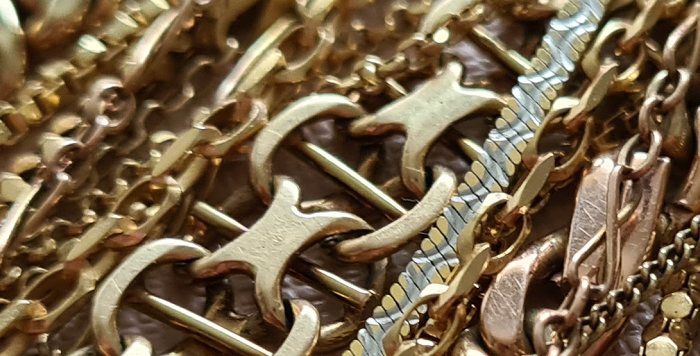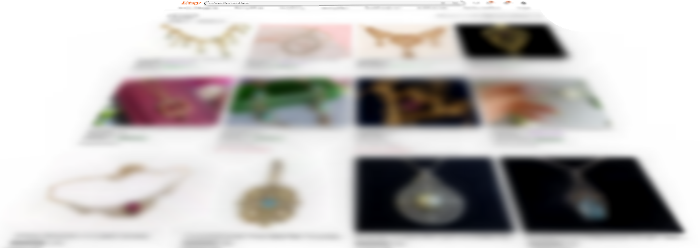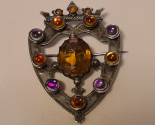
Upcycling and repair
When does an antique piece of jewellery stop being an antique? This is, I believe, a question with no absolute answer. I would, however, suggest that an item that is no longer what it once was, is no longer a true antique. Maybe not the clearest phrasing possible, but please, bear with me. There are many reasons why one may want to alter something old, and this certainly does not only apply to jewellery. What is also quite clear, is that the jury is still out on whether or not one should alter antique pieces at all.
While some pieces of jewellery are more fragile than others, everything can break or be worn down. Rings may lose stones, or the stones may be discoloured, cracked or scratched, and the band may be worn so thin that it eventually will snap. Earrings are easily lost, leaving a sad, single earring behind, while pieces that can be put together and taken apart and worn in different ways, may lose some of the parts.
In cases like these, one may choose to leave it as it is, accepting that the piece is broken or incomplete in some way, and seeing the defects as signs of age. One may choose to repair the piece or replace the missing parts as well as possible, or one may choose to repurpose it completely.
Repurposing jewellery may also be a strategy if the item is unlikely to be worn in its current state – say, your grandfather left you and your sister a pair of old double-sided cufflinks, but neither of you wear dress shirts, and you don’t have any male offspring that is likely to get any use out of them anytime soon. Besides, there are only two cufflinks, so they are not easy to share. In such a case, it may make sense to turn them into two pairs of earrings.
The arguments for repurposing will usually be that it is better that a piece of jewellery is worn than that it is just left in a drawer somewhere, and that it is up to the owner to decide what to do with the item. Those who disagree will usually argue that one then should sell the item to someone who wants to use it as is, as alterations ruins the piece.
While I am no fan of most of the altered antiques I’ve seen as of yet, I think we should recognise that most antique jewellery in the low to mid price range (which is what is most likely to be repurposed anyways) has very little historic value, simply because there is so much of it. You may have ruined a very nice Victorian starburst pendant, but there are plenty of similar starburst pendants out there. Furthermore, repurposing jewellery is nothing new. Georgian diamonds are reset in Victorian rings. An Edwardian earring is made into a mid-century pendant. We can hardly stop a practice that goes back centuries, can we?
What we can do, however, is demand honesty. If an antique brooch is no longer a brooch but a piece of a necklace, I would argue that it should be marketed as a repurposed antique brooch or a necklace made with an antique brooch. It should certainly not be sold as an antique necklace. And this brings us back to what I wrote earlier about something not being what it once was. If you have to reinforce the band on an acrostic ring, it is still an acrostic ring. If you need to add a new bail to a pendant, it is still a pendant. The repair should absolutely be disclosed – after all, the item is no longer completely original, and may no longer look “right”, but I would argue that it is still an antique.
What do you think?







-
-
3 years
Tagged gold